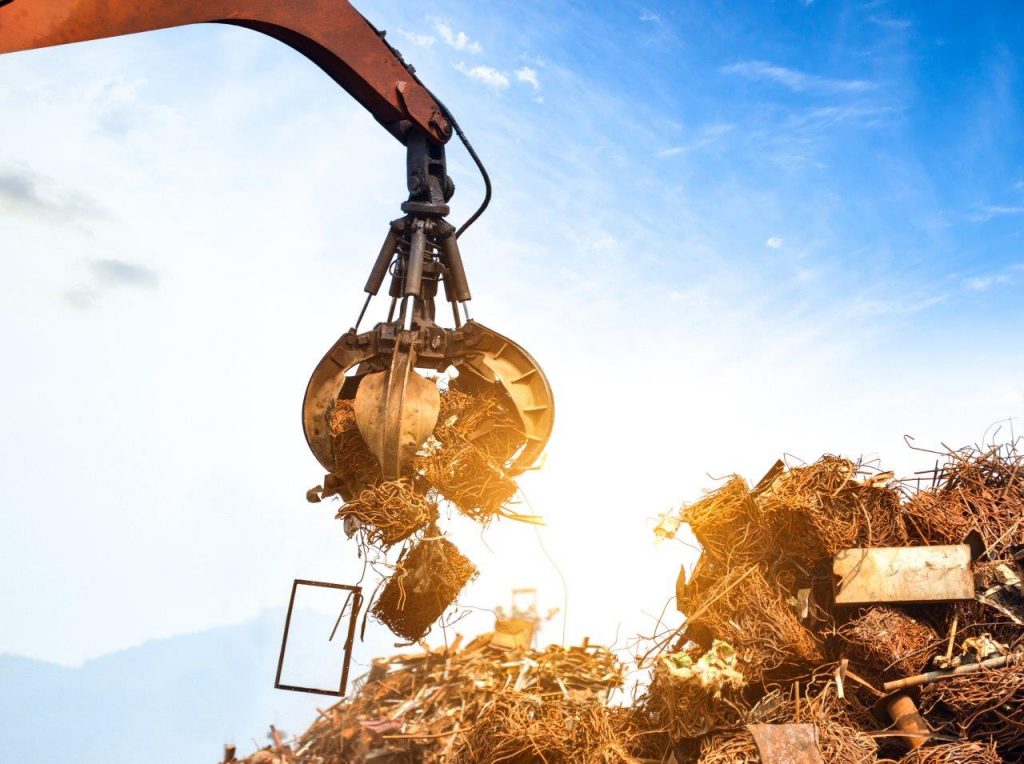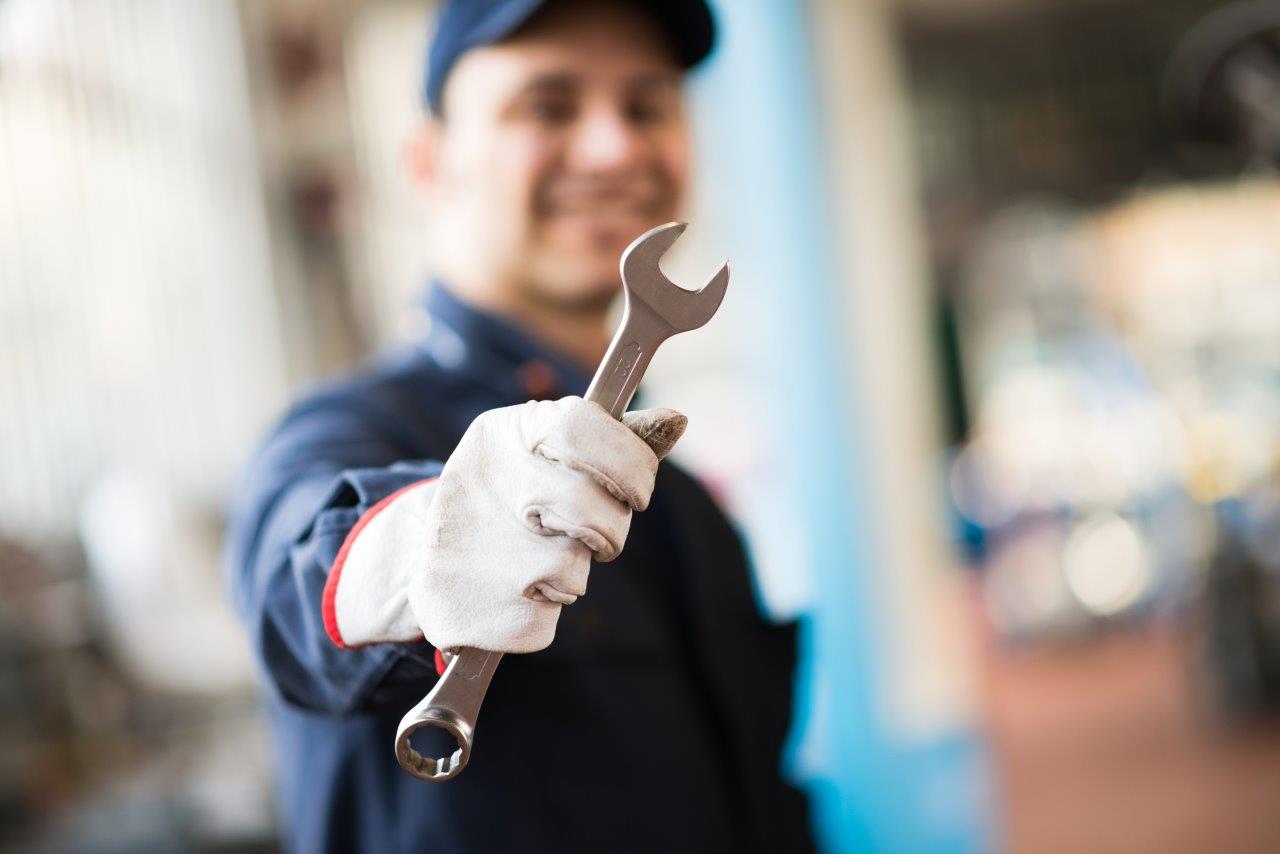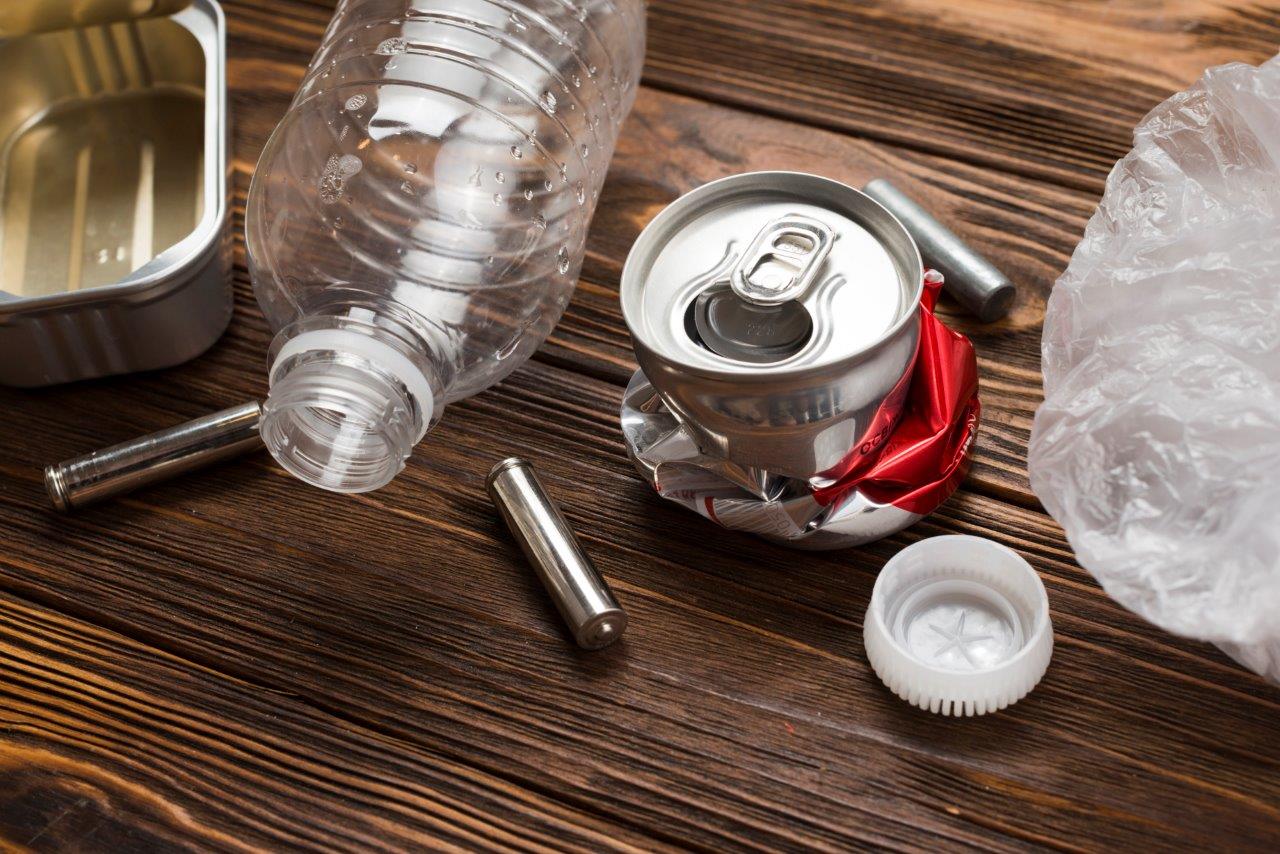4 Tips for Recycling Steel

What are some tips for recycling steel?
- Wear thick gloves
- Use a magnet
- Separate the steel
- Clean the recycled part
Very little needs to be said about the importance of steel for many industries. If you’ve always wanted to learn how to further maximize any steel material you have at hand, make sure you have a grasp of these effective tips for recycling steel.
To give a figure on steel’s high recycling capabilities, you might want to know that the recycling rate for this kind of metal juggles around 70% to around 80%. In the country, figures relating to exports and imports of scrap steel also belong in the higher range — an indication of the country’s steel consumption habits. Read on to find out more about how you can recycle your own scrap steel.
Wear thick gloves

When it comes to handling any steel product that you want to recycle, you want to make sure that you’re wearing the proper personal protective equipment. The purpose of this is to protect yourself as you’re handling steel materials with potentially sharp or jagged edges. Knowing that steel recycling is a process that involves many procedures, you should be able to protect yourself against the potential safety hazards that you may encounter along the way.
There are many kinds of scrap steel that can be repurposed over and over again and these vary in size and weight. If you’re handling heavier parts such as steel pipes, or reinforced bars, ensure you’re equipped with the right tools and protective equipment. These may range from hard hats, thick gloves, high-visibility clothing, or even face masks. Even if you’re only procuring your scrap steel from your home backyard, it’s still important to stay on top of safety protocols to retain not only the quality of the steel material you’re handling but also to keep yourself free from danger.
Use a magnet
As you’re going through your collection of scrap materials in your backyard, you may either approach it in two different ways or a combination of them. The first is separating the scrap materials manually. Another way to do it is through the use of a magnet to help you separate the scrap steel from all the other materials that you won’t be utilized in the recycling proper.
If you’re trying to search for larger scrap steel such as the ones mentioned above, then they won’t really be difficult to find. The challenge is in finding smaller-sized ones such as broken steel canisters, aerosol cans, or steel components from devices and appliances. Instead of rummaging through your rubble one part at a time, consider utilizing a magnet to separate steel from the other parts that you won’t need.
There are two main classifications of scrap metal, namely ferrous and non-ferrous. Due to the high iron content in steel, it’s classified as ferrous and will, therefore, be attracted to a magnet. See to it that you’re still wearing your PPEs to avoid any injuries as you’re handling any magnet.
Separate the steel

Another tip when it comes to recycling scrap steel is to separate them. You’ve already been able to enlist the assistance from a magnet, but you still have a job in dividing your collected scrap parts in order to make the sorting process easier.
For example, you’d want to separate rusted scrap steel from those without any rust. This helps you pay more attention to the other parts which need to undergo surface preparation — i.e. rust removal. As mentioned before, steel is a ferrous material, so it is more prone to such forms of oxidation.
Most of the time, smaller steel parts are still attached to the main body with a different material. It’s important that you separate the attachments that you won’t use. To give another example, you may want to separate steel shells found in appliances, from any attached plastic encasing.
Clean the recycled part
In line with separating your scrap steel, you need to clean it in order to restore its former luster. You can achieve this by simply using household materials and other types of cleaning agents.
If you can identify that the severity of the rusting isn’t much, to begin with, and it seems to be affecting only the surface of the material, then you may simply try cleaning it with water. Using a damp cloth, repeatedly wipe off the affected area until you see some progress.
For more stubborn rusting, you’d need to make use of baking soda. Apply a significant amount of this to the area and then make sure to leave it sitting for at least an hour. After this, you need to use a steel sponge or wool to see if you can remove the rusted portion.
Key Takeaway
Some widely used metals in the country can be recycled again for better use. Steel, in particular, belongs to this category as the utilization rate for this material is simply too significant to just dispose of it so easily. Likewise, we encounter steel everywhere we go and this should be taken advantage of.
These tips for recycling steel above will hopefully be adequate in assisting you throughout the entire recycling operation. Always make sure that you’re prioritizing your safety above all else to avoid injuries.


